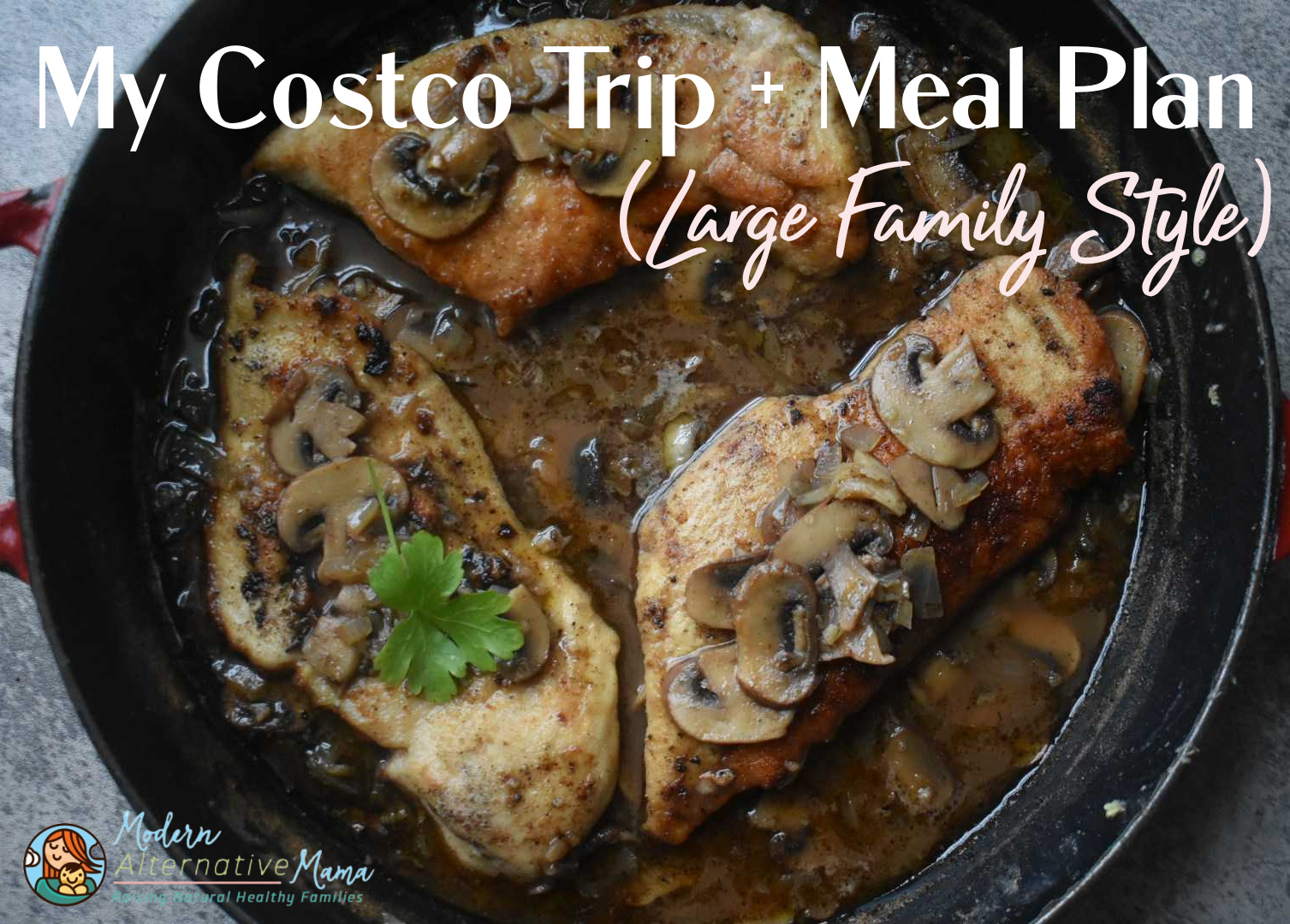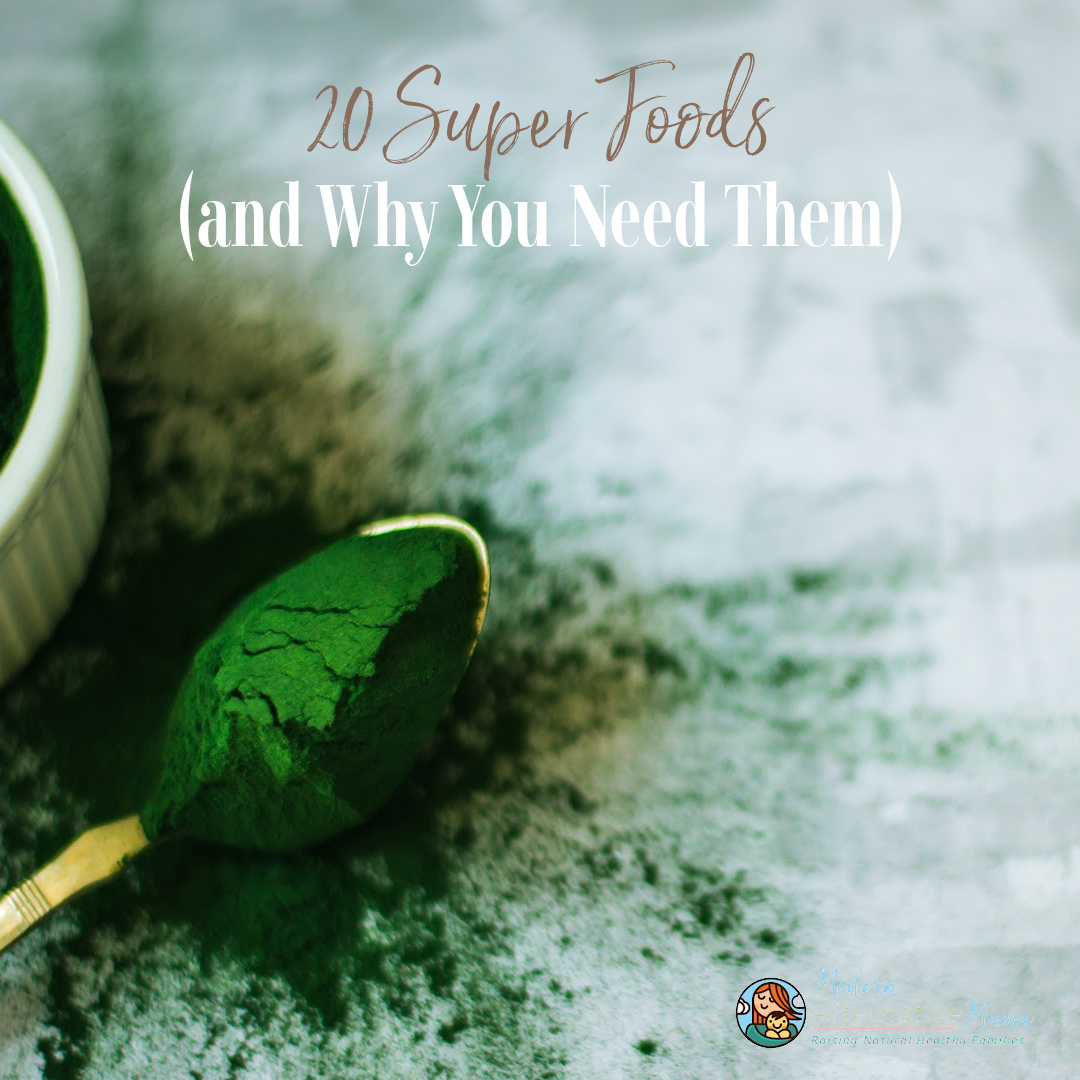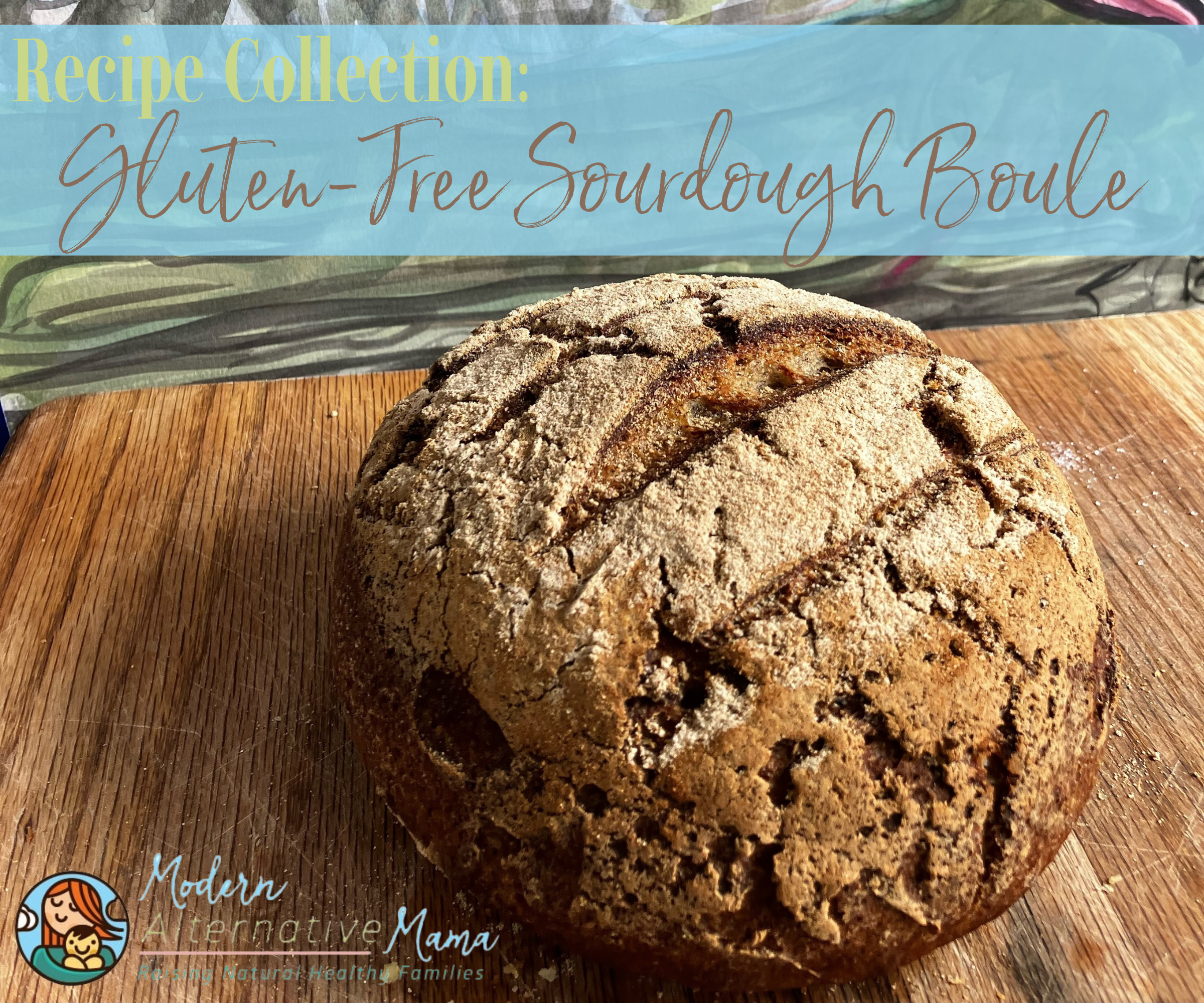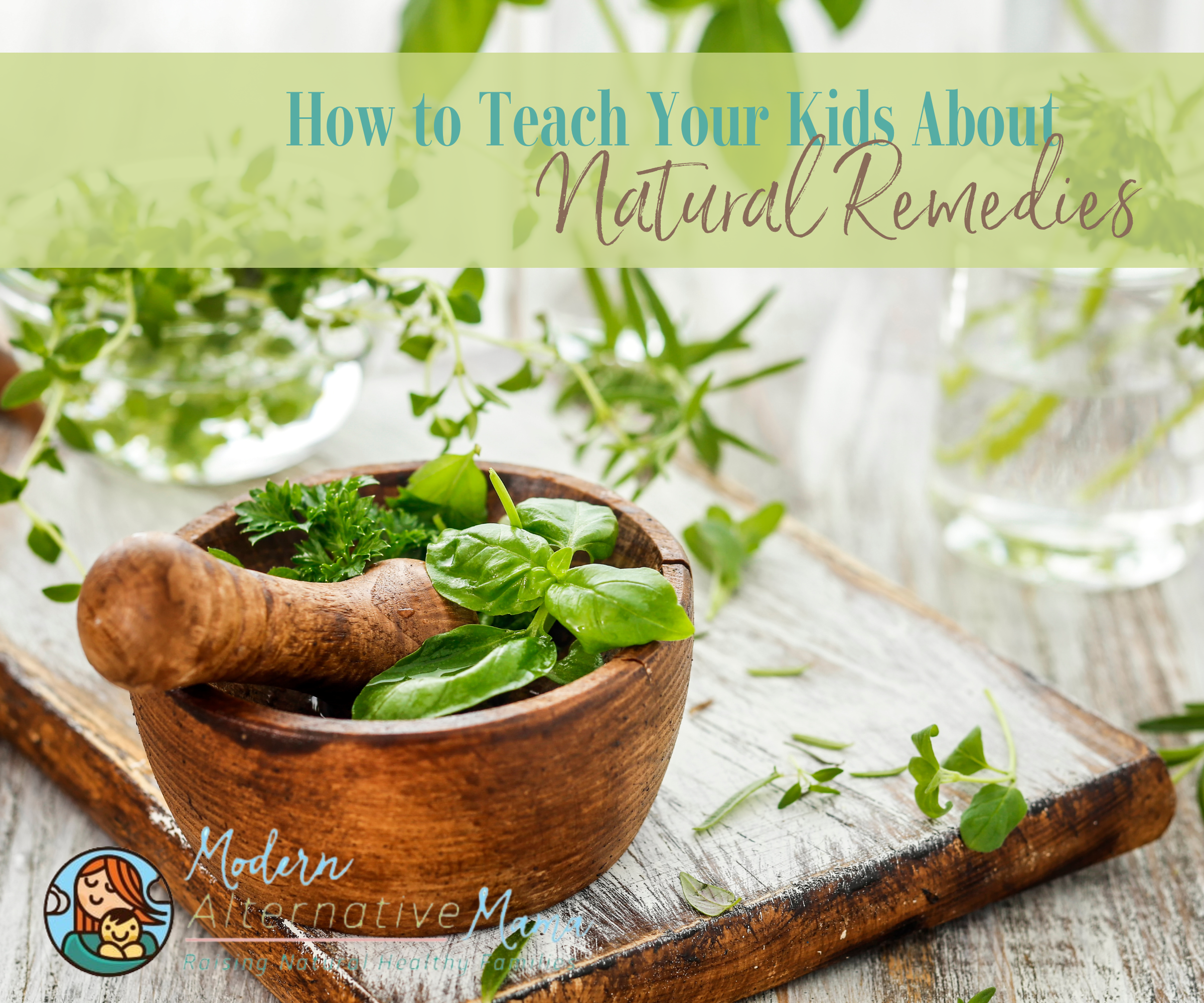Shopping in a regular grocery store isn’t always easy.
Don’t get me wrong — the mainstream stores have made huge strides in the last 5 years or so. There are so many more options and yes, it is possible to do most or all of your shopping at a regular store now. But, you still have to read labels and be cautious about what you are buying. The more processed the item is, the less likely it is to be safe or healthy to eat.
To help you out, we’re featuring 25 ingredients to avoid when you are at the store…plus a handful that are okay to eat (even if they’re not, let’s say, “ideal”). We don’t live in a perfect world, after all. And, with each “no” ingredient, we’re offering a suggestion for what to look for instead…which makes the whole list a lot more valuable, and not just some big scary thing about all the bad stuff in the world.
I promise that you can find great options at whatever grocery store you choose. The selection may be limited, depending on your area, but there are some. Let’s dive into the list.
Ingredients to Avoid
These ingredients are on my “definite no” list. That is, if a food contains any of these, it goes back on the shelf, no matter how great the product looks otherwise. These can be found in mainstream, ‘natural’ and organic products, so don’t be fooled by the front of the label. There are mainstream products I’d choose sometimes over certain natural/organic ones, because of these ingredients.
High Fructose Corn Syrup
HFCS is probably one of the top no-nos on my list. It’s been shown to increase weight gain, and it may contain mercury (which is really toxic). It’s also usually made from GMO corn. It’s a bad one!
Choose instead: Look for products made with cane sugar as a sweetener.
Modified Corn/Food Starch
This is a thickener that is added to products for texture, and it’s typically highly processed and made from GMO corn. It’s unnecessary and our bodies don’t really recognize it.
Choose instead: Foods naturally thickened with rice starch, wheat starch, or which don’t contain this.
BHT
This is a preservative that is used in certain types of fat, like beef tallow or lard. It’s been linked to certain forms of cancer.
Choose instead: Foods that have fats without preservatives, or fat-free versions (like refried beans) and add your fat of choice later.
Soy Lecithin
This is used to emulsify products and create a uniform texture. Most often in chocolate products, but it’s increasingly in bread and crackers too (even organic). It’s basically a shortcut in the process to create a specific texture. Soy is a hormone disruptor.
Choose instead: Products that don’t contain it at all, or which contain sunflower lecithin instead. Lecithin in and of itself is fine.
Soybean Oil
Soybean oil is used in almost all mainstream products because it’s an incredibly cheap oil. It’s usually GMO, and it’s a hormone disruptor.
Choose instead: Olive oil, coconut oil, or palm oil — or even sunflower or safflower oils. (Not perfect but okay.)
Vegetable Oil
Vegetable oil usually either means corn or soy, or sometimes cottonseed. These are all GMO and corn and soy have both been shown to disrupt hormones and may damage gut flora.
Choose instead: Olive, coconut, or palm oil — or sunflower or safflower oils.
MSG
MSG is some seriously bad stuff, linked to migraines, neurological changes, and other damage. It’s common in Chinese food or in products that are “meat flavored.”
Choose instead: Products that don’t contain MSG. Sometimes seaweed is used to create the same flavor.
Carrageenan
This is a thickener and emulsifier that comes from red seaweed, and which has been linked to gut damage and may be linked to forms of stomach cancer. It’s often found in dairy and dairy alternatives, especially flavored options.
Choose instead: Products that don’t contain this, or use gelatin as a thickener.
Cornstarch
Although some people are okay with cornstarch, corn can be really hard to digest for many people. It’s also typically GMO unless it’s organic. We skip corn nearly all the time, and especially if it’s not organic. It’s used as a thickener.
Choose instead: Wheat or rice starch, or arrowroot powder.
Artificial Colors
Artificial colors, like Red #40, have been linked to hyperactivity and behavior problems in children and may cause cancer. They are unnecessary and should be avoided completely.
Choose instead: Foods colored with purple carrots, beets, spinach, and other fruit and vegetable extracts.
Artificial Flavors
Artificial flavors are lab-created flavors that mimic nothing found in nature — they’re completely unique. They are made from potentially dangerous chemicals and are added to many foods (usually along with artificial colors and sugars).
Choose instead: Foods flavored with juices, extracts, and spices.
Autolyzed Yeast Extract
This is a common additive and it contains MSG. It is often used in chips and other snack foods, especially “cheesy” ones. It comes with the same issues as MSG.
Choose instead: Foods flavored with actual cheese, garlic, and real spices.
Potassium Sorbate
This is used as a preservative in dried meats, fruits, and in baked goods as a preservative. It has been linked to stomach distress.
Choose instead: Foods without preservatives.
Sodium Nitrate
This is used to cure meats, like sausages, bacon, or hot dogs. It has been linked to stomach and colon cancer.
Choose instead: Foods that are naturally cured with celery juice, or uncured foods (“uncured” bacon uses celery juice and isn’t truly uncured — plain ground beef is an example of truly uncured meat).
Cellulose
This is a type of wood pulp, and it’s used to prevent food from sticking together, usually in shredded cheese. It is sometimes added to baked goods for additional fiber and texture. It can’t be digested as it isn’t actual food and could cause gas and bloating.
Choose instead: Whole blocks of cheese — shred them yourself.
Sodium Tripolyphosphate
This is used in frozen fish to help retain moisture. It’s a pesticide and a suspected neurotoxin.
Choose instead: Fresh or frozen fish that doesn’t contain this.
Polysorbate 60 or 80
Both of these ingredients can be found in ice creams, canned soups, and other foods as they are emulsifiers. They have been linked to neurological problems and stomach distress.
Choose instead: Foods that don’t contain these, or that are thickened naturally with eggs, wheat starch, or arrowroot.
Sucralose
This is an artificial sweetener, commonly known as Splenda. It has been linked to cancer, maybe a neurotoxin, and may cause digestive distress.
Choose instead: Foods sweetened with honey, maple syrup, or cane sugar.
Agave Nectar
This is a sweetener that many in the ‘natural’ community use, but it isn’t natural. Cactus syrup is processed with special enzymes or at high temperature, and the resulting product is very high in fructose and very processed, which can lead to weight gain and can be hard on the liver.
Choose instead: Foods sweetened with honey, maple syrup, or cane sugar.
Olestra
This is fake “fat” that is used in low-fat goods. It has been linked to digestive distress.
Choose instead: Avocado oil, olive oil, sunflower or safflower oils — natural fats.
Hydrogenated Fat
Recently, the GRAS (Generally Recognized as Safe) status of hydrogenated fats was removed, so they’ll be disappearing over the next few years. They’ve been linked to heart disease, obesity, and more.
Choose instead: Palm oil, coconut oil, butter, olive oil or other natural fats.
Mono- and Di-Glycerides
This is used in baked goods to improve texture and has been linked to stomach distress.
Choose instead: Foods that don’t contain it, or that derive texture from added eggs.
Propylene Glycol
This is better known as anti-freeze and is used to make ice cream products scoopable straight out of the freezer. It’s a neurotoxin and has been linked to cancer, and in high doses can kill. (It’s sweet, so it’s easy not to notice.)
Choose instead: Foods that don’t contain this. Let the ice cream sit out for a few minutes. In homemade products, a small amount of vodka will produce the same results without the toxicity.
Sodium Benzoate
This is used in soft drinks as a preservative. It has been linked to stomach distress and possibly to cancer.
Choose instead: Foods that don’t contain this. Kombucha, natural sodas, etc.
Dextrose
This is a form of sugar that is highly processed and often in foods that don’t need to be sweetened anyway, like salad dressing. It may cause weight gain.
Choose instead: Foods that don’t contain this, or that are sweetened with real cane sugar.
Ingredients That are Okay
Let’s be clear here: I’m not recommending any of these ingredients as “healthy.” I’d prefer they were not used, and if I have a choice to avoid them, then I do. But these are ingredients that I’ll allow in a compromise situation and just say “Oh well.” I wouldn’t, for example, buy these ingredients to cook homemade options, but I would buy a snack on-the-go that contain them.
Sunflower Oil
This is an oil from sunflower seeds. It’s often used in chips and snacks that are on the more “natural” side. It’s non-GMO and a safer choice than vegetable oil, but it’s still refined and it’s high in omega-6 fatty acids, which can be pro-inflammatory if consumed in excess. I wouldn’t use it for cooking, but it’s fine for a snack.
A Better Choice: Chips fried in olive, avocado, or coconut oil (they’re out there!)
Safflower Oil
This oil comes from the safflower plant and is very similar to sunflower oil, and used in the same way.
A Better Choice: Snacks fried in olive, avocado, or coconut oil.
Sunflower Lecithin
This is found in chocolate and other snacks and treats instead of soy lecithin. It’s safer because it’s less processed and it’s non-GMO and not an endocrine disruptor. However, it should not be necessary. Quality chocolate requires stirring for several days and doesn’t require lecithin in any form; lecithin makes chocolate much cheaper and quicker to produce. More and more places are offering chocolate without it — but read the label.
A Better Choice: Products with no lecithin added (or baked goods that use eggs to emulsify).
Natural Flavors
This is found in drinks, cookies, snacks, etc. They’re still lab-made chemicals that mimic flavors found in nature — usually. They could be proprietary fruit or spice blends, too, but it’s impossible to know. The risk depends on what it’s actually made of, and some people prefer to avoid them.
A Better Choice: Foods which list their “flavors” directly on the label (i.e. lemon juice, oregano, etc.).
Annatto Coloring
This is a natural form of coloring that’s made from seeds. Some people still react poorly to this, much like food dyes, and others don’t. It’s often found in mac’n’cheese and other “yellow” foods.
A Better Choice: Foods dyed with carrots, turmeric, or not dyed.
Canola Oil
This is the oil of the rapeseed plant. It’s high in omega-6 fatty acids as well as is polyunsaturated. I don’t really like it and would never buy it to use at home, but if I have the choice between a salad dressing based on soybean oil or one based on canola, then I’ll choose canola (at a restaurant or while out). It’s also sometimes used in snack foods.
A Better Choice: Foods made with olive oil.
Pectin
This is derived from fruit and is used to thicken yogurt. It’s fine for most people.
A Better Choice: No thickeners at all — whole milk varieties are less likely to have it.
Spices
This may be a proprietary blend of spices (like basil or thyme) or it could be MSG or any number of other things. They don’t have to say. You can hope for the best…but if you’re especially sensitive to MSG or other additives you might be better off skipping it. Up to you.
A Better Choice: Foods that list all of their spices individually.
Salt (Processed)
Processed salt — white table salt — is stripped of all its trace minerals and can be hard on the body. It’s okay sometimes, but you don’t want to overdo it. (Unrefined sea salt, on the other hand, is actually good for you!)
A Better Choice: Sea salt.
Stevia/Truvia
This usually indicates a processed form of the stevia plant — it’s the extract that makes it sweet. Whole, unrefined (green) stevia is better, but stevia for most people is okay. Some find that using stevia often ‘tricks’ their body because it tastes sweet but doesn’t contain any calories or carbs. It’s certainly much better than artificial sweeteners! (We made a deal with our 7 YO that she can’t have HFCS-laden lemonade at restaurants anymore, so she gets iced tea and adds stevia. It’s a lot better.)
A Better Choice: Unsweetened beverages or honey-sweetened.
With this list, hopefully, you can make a more informed choice at the grocery store!
What is on your “no” list of ingredients to avoid?
SaveSave








Just FYI: Controlled studies have been unable to reproduce the supposed negative side-effects of MSG that were such a hot topic in the 70s. The reason that “seaweed is sometimes used to create the same flavour” is that MSG is, in fact, made from seaweed (the glutamate in monosodium glutamate is derived from seaweed, and the ‘monosodium’ is just salt). And of course you know that breast is basically just glutamates + sugars. Glutamates occur naturally in all kinds of foods – parmesan cheese is a huge source of it, but so are tomatoes and other vegetables.
*breast MILK, I meant.
Anyone have a good store bought mayo? I don’t have the energy to home make for the two people in my house that eat it, so right now I buy spectrum made from canola oil. It was the only one I could find that didn’t have soy. Any better recommendations? I just use it as a base for my ranch dressing.
When I don’t have time to make it we use Hains Safflower Mayonnaise. It is made with safflower oil not soy or canola. I prefer homemade but this is an acceptable substitute.
Sir Kensingtons mayo uses sunflower oil,it’s the best I’ve found but very pricy.
Are artificial colors a top ingredient to avoid, like red 40, etc? I’m asking because my son goes to a childcare once a week that gives them fruit snacks with artificial colors (and I’m sure other questionable ingredients). Would it be best to bring his own snack in, or do you think once a week isn’t too much of a problem?
I would definitely have him bring his own snack.
Hello! (Again, I’m new to your blog, but can’t get enough now that I know it’s here! 🙂 ) This is a very informative post, and the positive information about better choices is extremely helpful. I want my young family to be as healthy as possible, and I, too, believe that one way to work toward that is to live and eat naturally. But, this list seems overwhelming to a newbie! So many of these seem to ring mental bells as names of ingredients I see in a lot of food we eat. Could you recommend a good (or most important?) place to start in eliminating some of these no-no ingredients? Thank you!
thank you for such extensive work on the list of ingredients!
One moment surprised me – your 7 YO drinks tea? I hope it is herbal! 🙂
Best wishes
Hi Iryna,
Yes, most of the tea my kids drink (the 2 YO and up all drink it) is herbal. On rare occasions, usually if we are out, it is “regular” tea — we consider this a better alternative to soda. 🙂
I’m using the coconut oil and it is amazing for cooking and for burns and eczema as well.